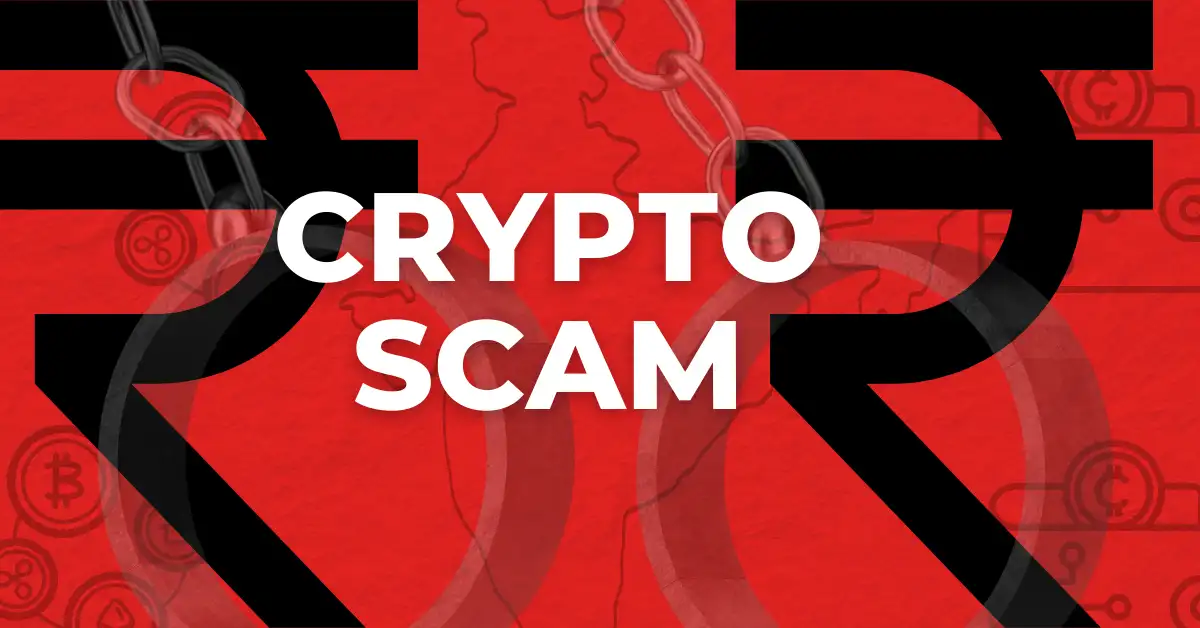The recent surge in crypto scam operations originating in Spain has exposed a rapidly evolving landscape of financial crime that leverages cutting-edge technology, global networks, and psychological manipulation to exploit vulnerable investors worldwide. The sophistication and scale of these operations highlight the urgent need for enhanced regulatory frameworks, international cooperation, and public awareness to combat this growing threat.
The Scale and Scope of Crypto Scams in Spain
The financial impact of these scams is staggering. Reports indicate that over 5,000 individuals across different continents have fallen victim to schemes that have defrauded hundreds of millions of euros and dollars. In some cases, a single operation has managed to siphon off more than $540 million, underscoring the extensive reach and success of these criminal enterprises. The anonymity and borderless nature of cryptocurrencies facilitate these operations, allowing scammers to operate across jurisdictions with relative impunity.
The sophistication of these operations is evident in their use of global financial infrastructure. Fake accounts, shell companies, proxy accounts, and jurisdiction-hopping strategies are commonly employed to obscure money trails. Countries like Hong Kong, Malta, Bulgaria, and Cyprus have been identified as key players in setting up corporate and banking structures that support these illicit activities. This international scope underscores the complexity of the problem and the need for coordinated efforts to dismantle these networks.
Operational Tactics and Modus Operandi
Modern crypto scams are intricate, employing a variety of tactics tailored to exploit different vulnerabilities. These include:
– Fake Investment Opportunities: Scammers often promise rapid gains through fake cryptocurrency schemes or pyramid models, luring unsophisticated investors with the allure of “guaranteed returns.” Reports detail schemes that manipulate AI and deepfakes to bolster credibility, creating false endorsements or fake news that attract victims.
– Call Centers and Phishing Operations: Leaked documents reveal organized call centers in countries such as Bulgaria, Cyprus, and Spain, purportedly run from Israel. These centers engage in phishing, social engineering, and impersonation to deceive victims into revealing personal information or transferring funds.
– Deepfake and AI Manipulation: Some operations use deepfakes and AI-generated content to create convincing fake celebrity endorsements or manipulate perceived authority figures, making scam promises more believable. This technological sophistication adds a layer of complexity to the detection and prevention of these scams.
– Laundering Through Multiple Countries: After funds are collected via crypto wallets, bank transfers, or cash deposits, they are rapidly moved through a web of jurisdictions—Hong Kong, Malta, Panama, and European countries—by shell companies and proxy accounts designed to bypass detection. This intricate web of transactions makes it difficult for law enforcement to trace the flow of illicit funds.
Tactics of Evasion and Obfuscation
To evade law enforcement and financial monitoring, these networks employ several strategies:
– Fake Corporate Structures: Scammers create shell companies that operate under the guise of legitimate businesses, making it difficult for authorities to trace the origins of the funds.
– Unregulated Payment Providers: The use of unregulated payment providers and third-party service providers facilitates transactions, further complicating the tracking of illicit funds.
– AI and Deepfake Technologies: Scammers deploy AI and deepfake technologies to create fraudulent documents, endorsements, or communications, enhancing their deception and making it harder for victims to discern the truth.
– Coordinated Laundering Mechanisms: Illicit funds are moved through multiple accounts and jurisdictions, creating a complex web that obscures the money trail and makes it difficult for authorities to intercept the funds.
Law Enforcement Response and Impact
European and international authorities, notably Europol, Eurojust, and national police forces, have ramped up efforts to dismantle these elaborate networks. Their strategies include:
– Cross-Border Investigations: Authorities conduct coordinated investigations that support suspected operations across multiple countries, leveraging shared intelligence and resources.
– Arrests and Asset Seizures: Coordinated arrests and search warrants have led to the detention of suspects and the seizure of assets, disrupting the operations of these criminal networks.
– Disruption of Infrastructural Layers: Authorities have targeted the structural elements that support illicit money movement, seizing evidence and shutting down call centers. In recent operations, multiple suspects have been arrested in Spain, France, Portugal, and Romania, focusing on closures of these criminal ecosystems that have laundered hundreds of millions of euros and dollars.
Challenges in Combating Crypto Scams
Despite the success of many operations, several challenges persist:
– Jurisdictional Complexities: Criminal networks operate across borders, exploiting differences in legal frameworks, making prosecution difficult. The lack of harmonized regulations across jurisdictions complicates efforts to bring perpetrators to justice.
– Anonymity of Cryptocurrencies: The pseudo-anonymous nature of crypto transactions complicates tracing illicit funds. The decentralized and often unregulated nature of cryptocurrencies provides a haven for scammers to operate with minimal oversight.
– Evolving Technologies: Scammers rapidly adopt new tools like AI and deepfakes, requiring law enforcement to stay ahead technologically. The constant evolution of these technologies presents a moving target for authorities.
– Operational Sophistication: The use of professional call centers, shell companies, and laundering channels shows organized criminal effort. The sophistication of these operations makes them difficult to detect and dismantle.
Protective Measures and Future Directions
To bolster defenses against such scams, several approaches are recommended:
– Enhanced Regulatory Frameworks: Governments should implement stricter oversight of cryptocurrency exchanges and payment providers, insisting on AML (Anti-Money Laundering) and KYC (Know Your Customer) compliance. This will help to identify and prevent illicit activities.
– International Cooperation: Cross-border cooperation must be strengthened, utilizing shared intelligence, coordinated investigations, and extradition treaties. This will enable authorities to track and apprehend perpetrators across jurisdictions.
– Public Awareness Campaigns: Educating investors about common scam tactics, such as fake celebrity endorsements, AI-augmented schemes, and impossible returns, can decrease susceptibility. Informed investors are less likely to fall prey to these schemes.
– Technology Adoption by Law Enforcement: Leveraging advanced blockchain analytics, AI detection tools, and real-time transaction monitoring systems can improve detection and interdiction of illicit activities. These technologies can help authorities stay ahead of the curve.
– Investor Vigilance: Encouraging investors to scrutinize opportunities carefully, avoid investing in schemes promising guaranteed returns, and verify the legitimacy of platforms and endorsers. Vigilant investors are better equipped to identify and avoid scams.
Conclusion: The New Front in Financial Crime
The dismantling of a multi-million euro crypto scam network in Spain exemplifies both the scale of these operations and the effectiveness of coordinated international law enforcement efforts. These scams are emblematic of broader themes in digital-era crime—where anonymity, technological sophistication, and global connectivity allow perpetrators to operate with relative impunity.
It is an ongoing battle of innovation and adaptation, demanding vigilance from regulators, investors, and technologists alike. As crypto markets mature, so too must the defenses against exploitation, shaping a future where technological safeguards, regulatory oversight, and public awareness work in tandem to curb the menace of crypto fraud. Only with persistent effort and cross-sector collaboration can we hope to diminish these high-stakes cybercrime schemes and protect innocent investors worldwide.





